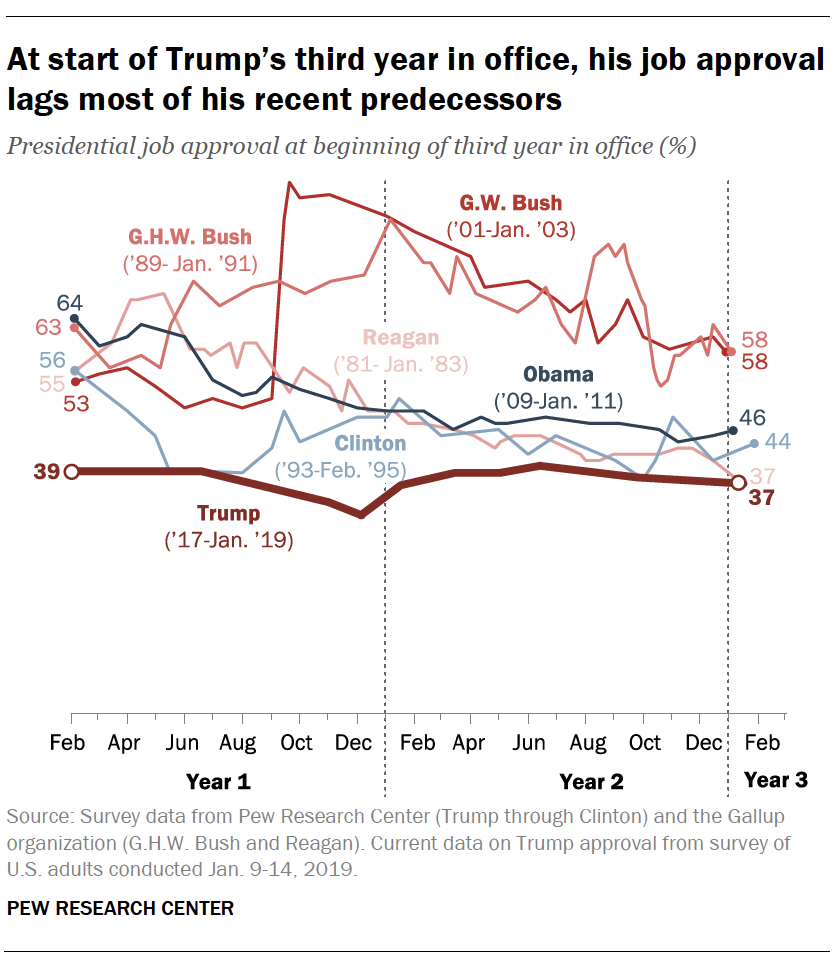This is the million dollar question and one that the Washington Post takes a look at here. The glib answer is that of course polls can be wrong. All they are is a snapshot of a moment in time. There are some differences between 2016 and 2020 however.
First, in 2016, pollsters did not weight for college education. This led many pollsters to miss out on Trump's real strength among whites without a four year degree. That group simply didn't answer the phone as much and underweighting them led to missing Trump's strength.
Second, in 2016, Trump was the outsider. The late movers in most races move to the challenger. If people are going to vote for the incumbent - whom they know - they will have decided on that already. In 2016, Clinton was effectively the incumbent. In part that was because Democrats had held the White House for the previous 8 years, in part because Trump was the ultimate outsider. Trump has now been president for four years. People have largely made up their minds about him. It is unlikely but not impossible that late breakers go overwhelmingly for Trump.
Third, Clinton never broke 50% in the polls, especially in the "Blue Wall" states. In Wisconsin, Clinton's polling average was 46.8% to Trump's 43.6%. Clinton wound up winning 46.5% of the vote. In Michigan, Clinton was polling at 47.6% to Trump's 41.6%. Clinton wound up with 47% of the vote. In Pennsylvania, Clinton was polling at 45.5% and wound up winning 47.5%. You can see that it wasn't the margin of her lead that mattered, which is why saying that the margins are the same as 2016 is misleading. The polls nailed her levels of support. They missed the late movers, but most importantly, Clinton was never over 50%.
Currently, in Michigan, Biden's polling average is at 50.7%. In Pennsylvania, it's at 50.8%. In Wisconsin, he's at 50.9%. If we presume that the pollsters are doing a better job of polling Democratic supporters than Trump supporters in both years, Biden still is over that magical 50% mark. Now, all of these numbers could change in the last 3 weeks. Watch for the polling average to drop below 50% in those states for Biden. For instance, Biden is below 50% in Arizona (49.3%), Florida (49.1%) and North Carolina (49%). He has polling leads in those states, but they don't feel as secure, because they are under 50%. There is still a possibility of missed WWC and "shy" Trump voters to get him into a plurality.
Fourth and finally, Trump's numbers are impressively stable, but not in a good way. Trump's never had more than a 49% approval rating, and his 40% approval rating average is the lowest in modern polling. The variance between highest approval rating and lowest approval rating gives a sense of how stable opinion is about a president. Both Bushes had swings of over 60% from their lowest to their highest. Reagan and Clinton saw 36 point swings. Obama saw a 27 point swing. Trump has only seen a 14 point swing. Look at this chart:
Here is Trump's weakness and strength in a nutshell. Most presidents see an almost manic variation in their approval ratings, but Trump's are steady. His supporters will not abandon him. His problem is that he has never made an effort to appeal to anyone who doesn't already support him.
Trump can obviously still win this thing. He's the nominee of a major political party. But Democrats are not doomed simply because there was a glitch in the polling in 2016.

No comments:
Post a Comment